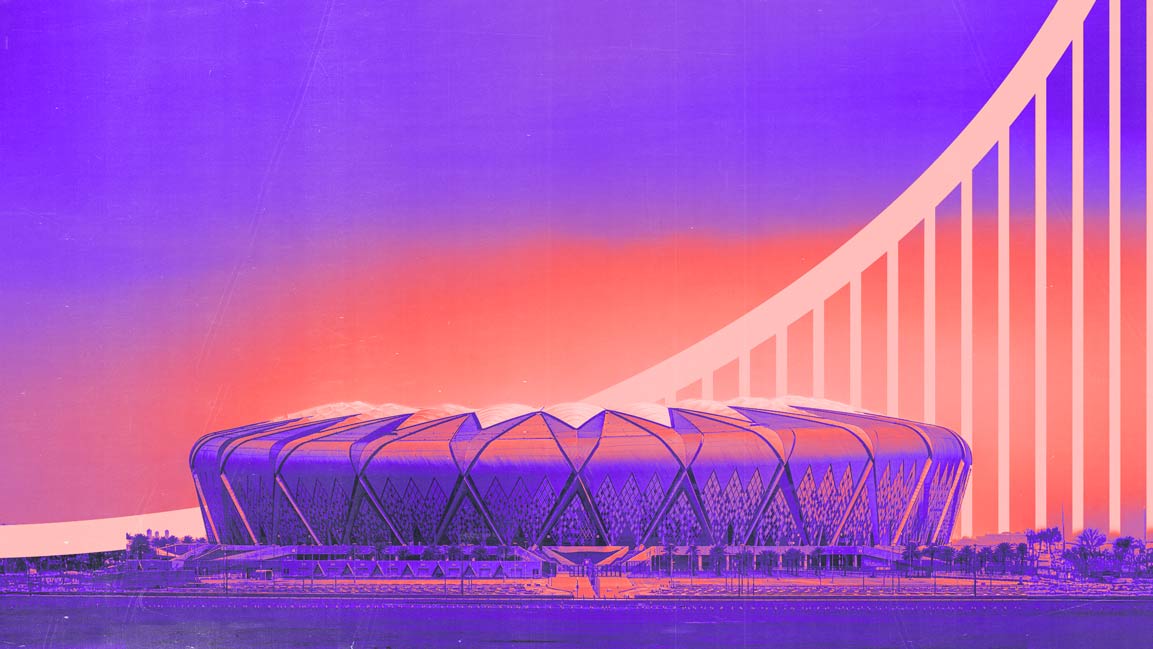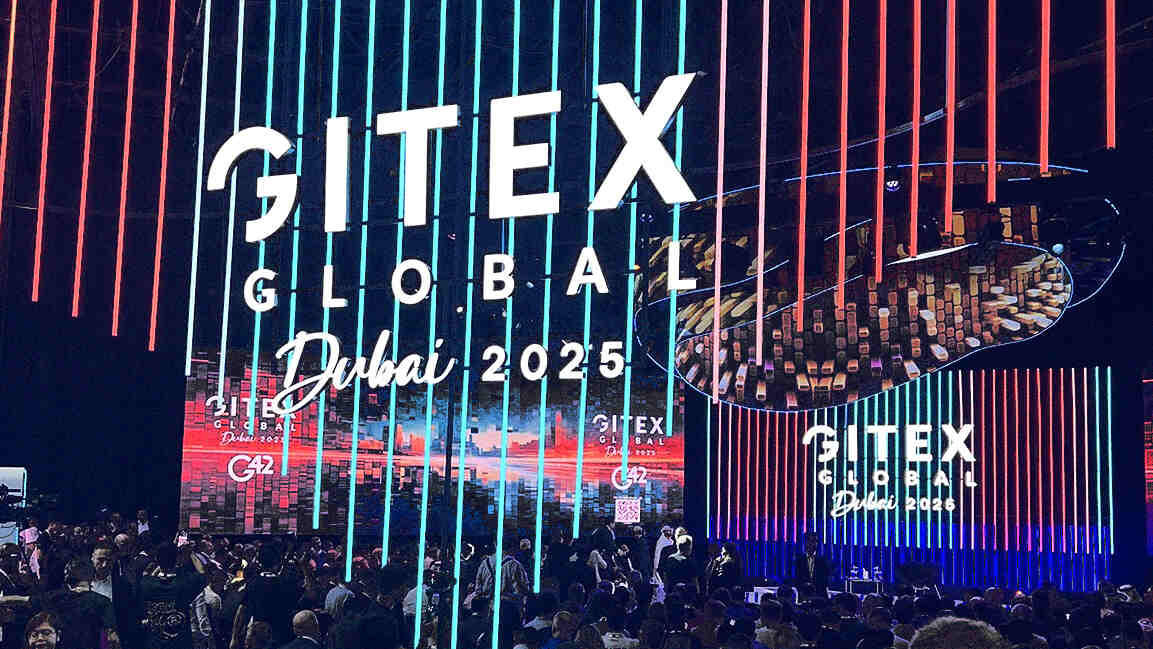- | 3:39 pm
Are Gulf cities the new global urban powerhouses?
As Gulf cities climb the ranks in global competitiveness, their investments in innovation, infrastructure, and livability position them as key players in the future of urban leadership.

Gulf cities are rapidly climbing the ranks of the world’s most competitive urban centers, according to Kearney’s newly released 2025 Global Cities Report. The report highlights a shift in the global urban hierarchy, as cities across the Gulf Cooperation Council (GCC) leverage strategic investments in infrastructure, innovation, and human capital to challenge traditional global powerhouses.
Led by Dubai, which broke ranked in the top 25 on the Global Cities Index (GCI) at 23rd place, cities like Abu Dhabi, Riyadh, and Manama are demonstrating remarkable year-on-year gains. The findings point to a region in transformation, where long-term policy agendas and digital readiness are fueling a new model of urban success.
“What’s striking about this year’s results is not just which cities moved up, but why,” says Rudolph Lohmeyer, Senior Partner at Kearney and Head of the National Transformations Institute. “Cities today aren’t defined by legacy or sheer scale. Their competitiveness now hinges on how they can attract talent, foster trust in digital systems, and create livable environments that can weather volatility. The Gulf’s rapid ascent is a testament to how well these factors can shift a city’s global position in just a few years.”
The GCI measures 158 cities across key dimensions like business activity, human capital, information exchange, cultural experience, and political engagement, ultimately evaluating a city’s ability to attract, retain, and generate global flows of people, capital, and ideas. While New York, London, and Singapore held onto their spots in the top five, it was the Gulf cities that made the most impressive gains. Their rise signals a shift toward cities that are not just global financial centers but hubs of digital innovation and human capital development.
Alongside the Index, the Global Cities Outlook offers a forward-looking perspective, assessing cities’ future potential in terms of personal well-being, economics, innovation, and governance. Here too, Gulf cities standout. Dubai, Riyadh, Dammam, Medina, Makkah, Doha, and Manama all saw upward movement, driven by sustained investment in infrastructure, technology, and livability. As global urban centers face mounting pressures, with governance and social well-being challenges slowing the growth of many Western cities, the Gulf is positioning itself as a model for future urban success.
The 2025 report identifies three key drivers that will shape the next era of global urban competitiveness: expanding energy capacity, embedding environmental resilience into growth, and preparing talent for an AI-driven future. Gulf cities, through their forward-thinking policies and infrastructure investments, are already building the foundations for these challenges, positioning themselves as frontrunners in the global race for urban leadership.
Brenna Buckstaff, Principal at Kearney Foresight, said, “Gulf cities continue to translate long-term transformation agendas into measurable progress. Their rise reflects the results of sustained investment in talent, infrastructure, and environmental resilience, all of which are strengthening their global competitiveness as we enter the intelligence age.”
As established cities in the West struggle to adapt to a rapidly changing world, the Gulf cities are proving that a commitment to transformation and sustainability can not only secure a city’s future but redefine its place on the global stage.






























